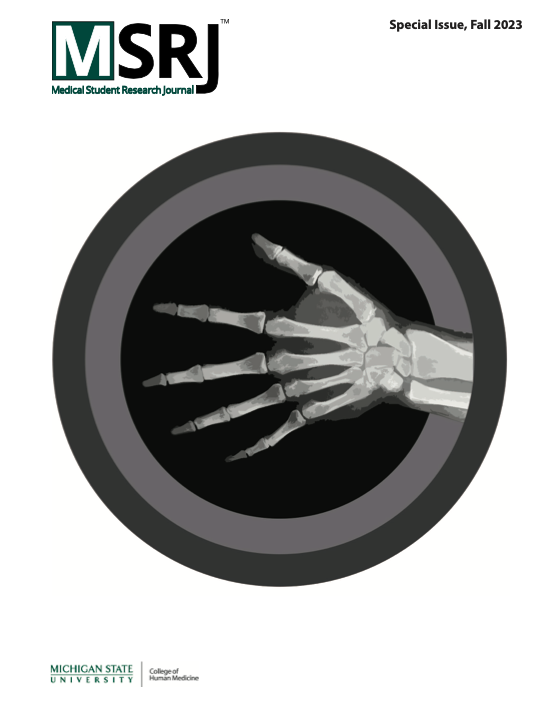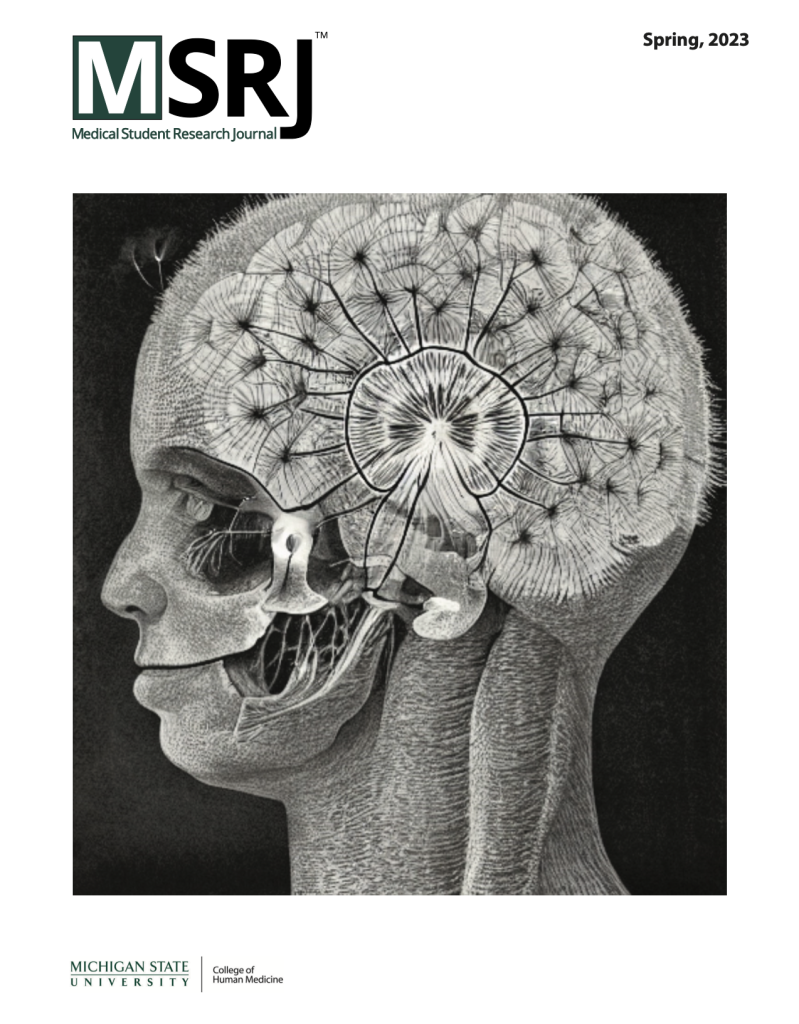Please find below the third article featured in our Winter 2024 Issue, enjoy!
http://msrj.chm.msu.edu/wp-content/uploads/2024/04/MSRJ262_final.pdf
Background: Those experiencing homelessness face disproportionately large barriers in access to healthcare. Patient Navigation is a service that provides disadvantaged populations with guidance through healthcare systems. Acting as a patient navigator is found to help enhance learning in the pre-clinical years of medical school. Developed by medical students, the Patient Navigator Program (PNP) pairs medical students trained as patient navigators with individuals experiencing homelessness. The uniqueness of this program lies in its fully student-run format, simultaneously providing individuals experiencing homelessness with longitudinal navigation services toward self-defined goals and medical students with exposure to a disadvantaged and underserved population in their early years of medical school. The purpose of this study is to evaluate the growth and student experiences of PNP from its inception and inform those who aim to develop similar student-run patient navigation programs.
Methods: Participation metrics in the program were extracted from volunteer records, and five 30-min student leader semi-structured interviews were conducted using open-ended questions to investigate the experiences of those who developed the program. Interviews were transcribed, and responses were categorized by themes.
Results: Enduring involvement in PNP over years was demonstrated quantitatively through participation metrics and qualitatively through interviews. Positive aspects of participation in PNP were meeting and working with other students, utilizing their creative vision in developing the program, learning about those experiencing homelessness and the local resources available to them, shaping career goals and academic interests, and learning the soft skills necessary for medical clerkships. Negative experiences primarily revolved around time constraints of the program in addition to their academic responsibilities. Commonly stated advice included identifying an appropriate faculty mentor and building strong relationships with community partners.
Conclusions: Participation in PNP was felt to be beneficial both personally and professionally. Reporting these perspectives and experiences will provide insight to future student-led programs at other institutions.


